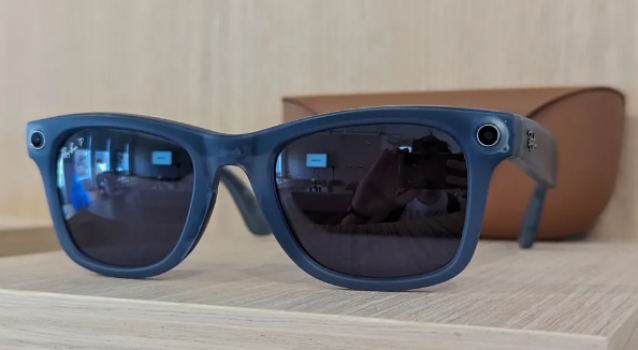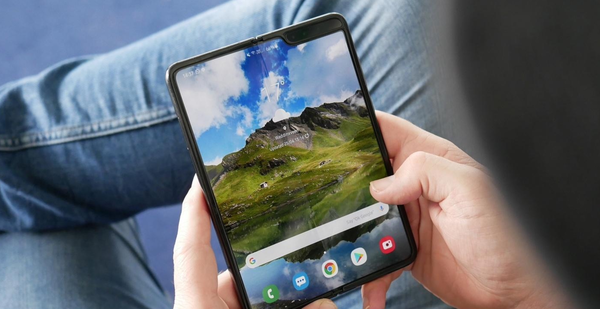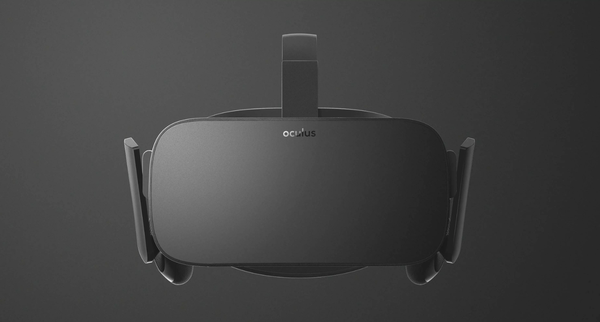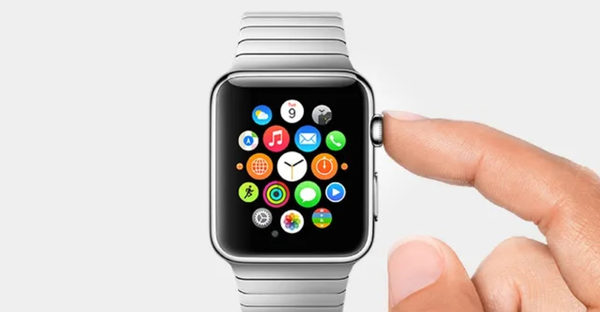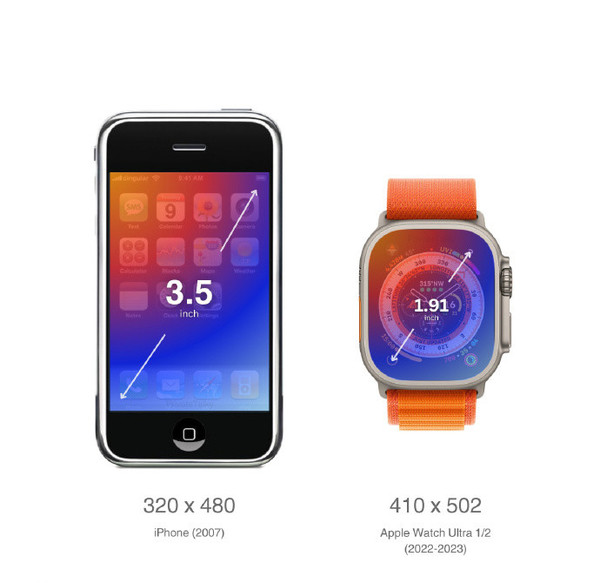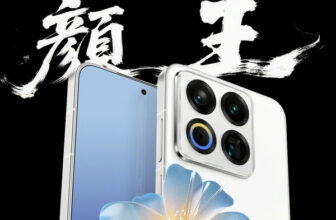With technology advancing at a rapid pace, the allure of owning the latest and greatest first-generation technology products is undeniable. However, despite their cutting-edge appeal, there are several reasons why first-generation products may not always be the best choice. These products, while exciting, often come with more risks than benefits. Here are five key reasons why it’s worth considering waiting before purchasing the first generation of technology products.
1. The “Beta” Effect: A Risky Testing Ground
First-generation technology products are often seen as the “beta” versions of their subsequent iterations. Even after extensive testing, companies struggle to predict all the potential issues that may arise in real-world use. As a result, early adopters often become unofficial “testers” of these products. While these products boast innovative features, they may come with flaws, bugs, and performance issues that are only addressed in later versions.
For example, the first generation of foldable screen phones faced significant issues, such as screen failures, hinge malfunctions, and durability concerns. Early users quickly realized that these problems would only be resolved in future models, making it clear that the risks of first-generation technology products outweigh the excitement of having a new gadget.
2. The Price of Innovation: High Costs for Unfinished Products
Innovation comes at a price, and first-generation technology products often carry a hefty price tag. Companies pour significant resources into research, development, and marketing, which is reflected in the price of these new devices. However, the high price often doesn’t match the product’s performance or value.
For instance, early versions of virtual reality headsets like the Oculus Rift were sold at high prices, but they came with various issues, such as limited content, uncomfortable designs, and motion sickness. As the technology matured, newer versions of these products became more affordable, with better content, improved designs, and enhanced overall experiences. Those who bought first-generation VR devices quickly found themselves with an outdated and overpriced product.
3. Obsolescence Risk: Technology Moves Fast
The tech industry is known for its rapid pace of innovation, and first-generation products often become obsolete quickly. As manufacturers learn from user feedback, they release improved versions of products within a year or two. Those who purchase first-generation technology products often find themselves left behind as new models are introduced with enhanced features, better performance, and longer lifespans.
A prime example is the first-generation Apple Watch. While it was a pioneer in the smartwatch market, it was quickly overshadowed by newer versions that offered faster processors, more features, and longer battery life. First-generation Apple Watch owners found their devices incompatible with the latest software updates, limiting their functionality.
4. Incomplete Ecosystem and Limited Accessories
When first-generation technology products are launched, their supporting ecosystems are often underdeveloped. This means that accessories, apps, and services tailored to the product may not be fully available or may not work as well as expected. Early iPhones, for example, were groundbreaking, but the ecosystem was incomplete—there was no App Store, and essential functions like video recording and instant messaging weren’t available initially.
Moreover, the market for third-party accessories is often slow to develop, as accessory manufacturers wait for more market feedback before investing in production. As a result, early users of first-generation technology products often face limited options for accessories.
5. Waiting Pays Off: The Benefits of Second-Generation Products
While the temptation to buy the latest first-generation product is strong, waiting for the second or third generation of the product can often lead to a better experience. After initial user feedback, manufacturers make improvements, fix bugs, and fine-tune product designs to enhance ergonomics, ease of use, and overall performance.
For example, the second-generation Apple AirPods Pro solved many issues reported by first-generation users, such as improving sound quality, noise cancellation, and fit. By waiting, consumers can enjoy better performance at a similar price point without the challenges faced by early adopters.
Conclusion
Purchasing first-generation technology products may seem exciting, but it’s important to weigh the risks involved. From handling early-stage bugs to paying premium prices for products that are quickly replaced by improved versions, the drawbacks of first-generation technology products can be significant. Instead of rushing to buy the latest gadget, consider waiting for the technology to mature. By doing so, you’ll likely enjoy a more reliable, affordable, and feature-rich product with a fully developed ecosystem.
Remember, when it comes to technology, sometimes waiting for the second or third generation can lead to the best value and overall experience.
